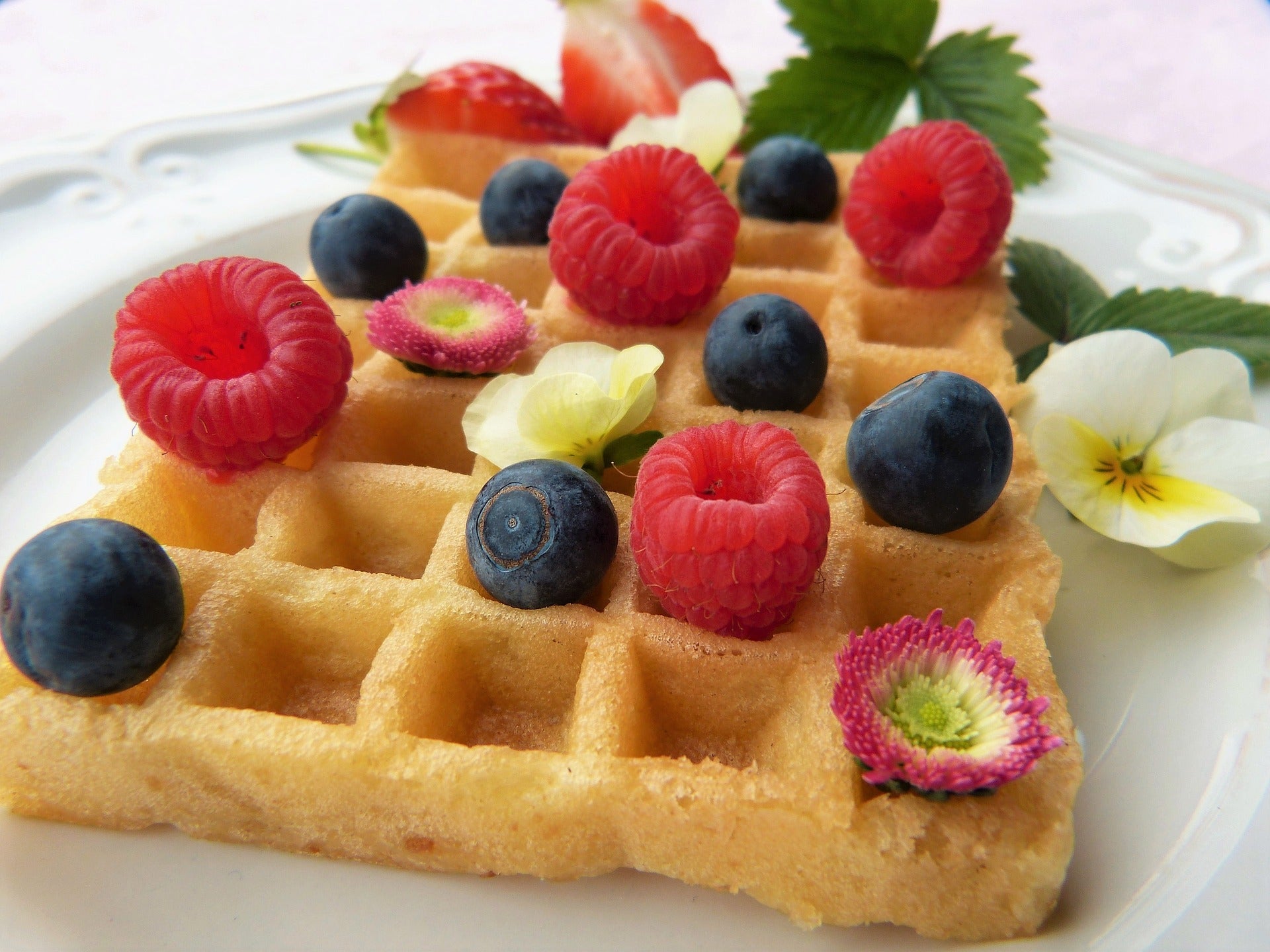Your basket is empty
Already have an account? Log in to check out faster.
Already have an account? Log in to check out faster.

Edible flowers are simply flowers that can be eaten and are increasingly used to decorate and enhance our dishes. Not only are they beautiful to look at, but they also add a touch of flavor and color to any recipe. For example, calendula adds a bit of tartness, while arugula flowers offer a peppery kick.
We've likely eaten edible flowers without realizing it, such as broccoli, cauliflower, artichokes, or capers, which are the inflorescences or buds of plants we commonly consume.
It's essential to remember that not all flowers are safe to eat, and some species can be poisonous. Always choose flowers that haven't been treated with pesticides or chemical fertilizers.
Edible flowers can be used to season a salad, decorate a cocktail, placed inside ice cubes, candied for cake decoration, or used for infusions and wines, adding a bucolic touch to your preparations.
Using flowers in cooking has ancient roots, with records indicating their use in China thousands of years ago and during Roman times. They regained popularity in England during the Victorian era, where flowers, especially roses, were used in many dishes.
Today, many chefs use edible flowers to garnish their creative and innovative dishes, from appetizers to risottos and desserts. It's a genuine trend of the moment.
When using edible flowers, it's important to keep the dish simple and avoid strong flavors that could overpower the delicate taste of the flowers.
There are many species of edible flowers:
Begonias: Citrus flavor, perfect for salads.
Calendula: Known as "poor man's saffron," with a taste ranging from spicy, bitter, and sour, ideal for soups or risottos.
Carnations: Often used to flavor wine, candies, or decorate cakes.
Clover: Sweet taste, similar to anise and licorice.
Lilac: Intense aroma but slightly bitter, similar to lemon with floral hints.
Violets: Sweet and fragrant.
Primrose: Sweet flavor.
Tulips: Can cause severe allergic reactions in some individuals.
Roses: All roses are edible and often used to decorate popsicles, desserts, or frozen in ice cubes for a summer drink.
Apple Blossoms: Delicate floral flavor, best paired with fruit dishes but should be consumed in moderation.
Citrus Flowers: Orange, lemon, lime, or grapefruit blossoms with a strong citrus aroma, perfect for flavoring refreshing drinks.
Elderflowers: Sweet and delicate taste, used to make a popular syrup for drinks and cocktails like the famous Hugo.
Most herb flowers are edible, such as chive or garlic blossoms.
Basil Flowers: More delicate flavor than the leaves.
Borage: Cucumber-like taste, great in lemonades, sorbets, or gin tonic.
Fennel Flowers: Anise-like flavor.
Ginger Blossoms: Fragrant and slightly spicy.
Other herbs: Marjoram, mint, oregano, sage, rosemary, thyme, savory, and lavender flowers.
Most vegetable and herb flowers are safe to eat, except for tomato, potato, pepper, and asparagus flowers, which should be avoided.
Arugula Flowers: Slightly spicy and peppery.
Other edible vegetable flowers: Artichokes, broccoli, pea blossoms, radish, squash, and mustard flowers.
Squash Blossoms: Among the most loved, can be enjoyed stuffed or simple, battered, and fried.
First, clean the flower by shaking off insects and impurities. Remove the stamen and wash the petals under gentle running water (to avoid damaging them), then let them drain and pat dry with paper towels.
To preserve their color and flavor, dry them quickly and keep them out of direct sunlight. Edible flowers can be stored in an airtight container on a damp cloth and kept in the fridge (lasting up to 7 days).
To revitalize them before use, float them in ice water for a few moments.
Choose flowers not treated with pesticides or chemical fertilizers.
Wash edible flowers well before eating.
Remove pistils and stamens from flowers.
If you suffer from allergies, introduce one flower at a time in small amounts.
Consume flowers unless you're sure they are edible. Consult a guide or expert if in doubt.
Avoid buying flowers from nurseries and florists as they might contain pesticides or not be suitable for consumption.
Do not pick flowers from roadsides as they may have been exposed to herbicides or harmful substances.
0 comments